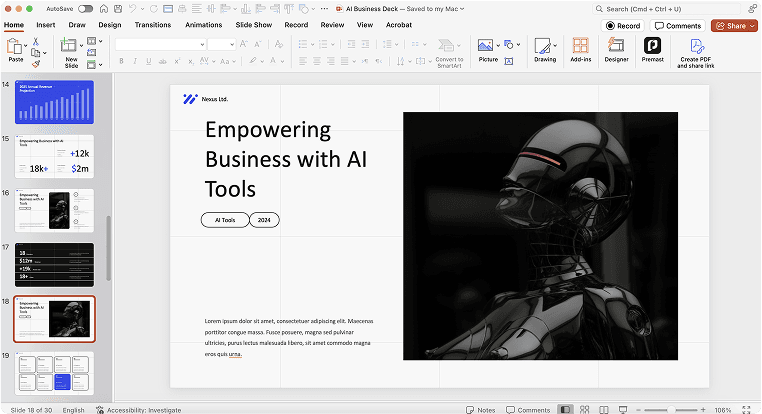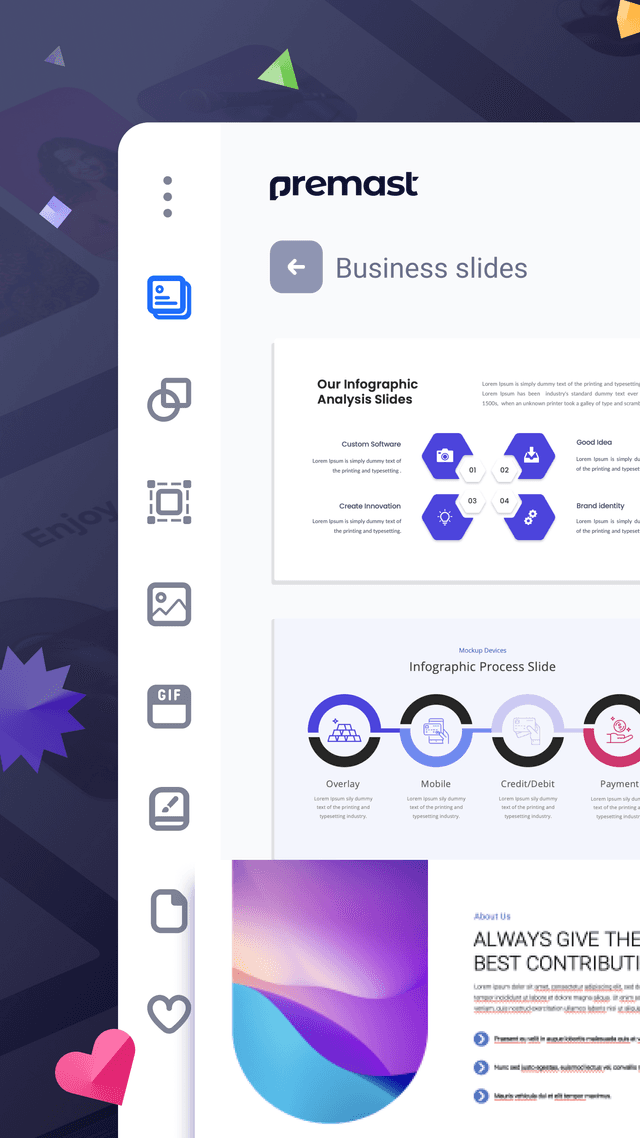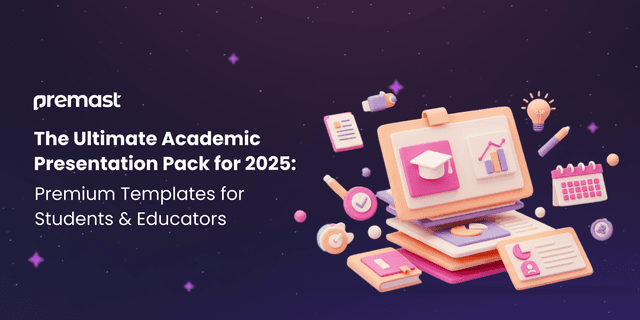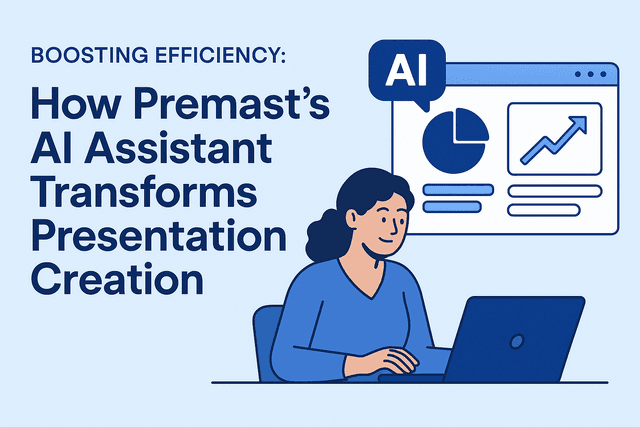
Tips for an Amazing Academic Presentation
Mastering the art of delivering concise, clear, and insightful information is a key milestone in your student journey, especially when it comes to nailing academic presentations. As a student, you’ll have plenty of opportunities to showcase your ideas, and making your presentations engaging is crucial for impressing your audience and boosting your grades.
Today, effective presentation skills are a must-have across various fields. That’s why starting to refine these skills early on is so important. By honing your academic presentation techniques now, you’re setting yourself up for success in both schools and your future career.
A standout academic presentation goes beyond just sharing information. It’s all about demonstrating your subject knowledge while keeping your audience involved every step of the way. An interactive and visually appealing presentation not only captures attention but also enhances learning, making your message stick.
Remember, academic presentations are a fantastic way to learn by teaching. This proven approach improves comprehension and knowledge retention while also sharpening your leadership, communication, and research skills. Embrace these opportunities to develop your presentation skills and unlock a brighter academic and professional future.
It encourages students to explore their creativity by using innovative methods to share knowledge, engage their peers, and make learning more exciting.
Academic presentations come with plenty of benefits for both the presenter and the audience. But to truly make an impact, you need to get it right.
The key to a successful academic presentation is following a structured format. This is especially helpful for students or those new to presenting. Experts may tweak the structure, but the core format remains similar across different fields. Here’s a simple breakdown:
- Introduction/Hook/Overview
- Research Question/Theoretical Framework
- Case Selection/Methodology
- Literature Review/Background
- Results/Discussion of Data
- Analysis
- Conclusion
Sticking to this structure will help you organize your ideas clearly. Now that you have a solid foundation, let’s dive into some tips to make your academic presentation truly engaging!
Boost your skills with PowerPoint!
If you’re preparing an academic presentation, knowing how to use PowerPoint can help you create a clear and engaging visual representation of your research.
Start by understanding the basics of the software—this is key to making an impactful presentation and effectively sharing your information. Use diagrams, high-quality images, and bullet points to highlight key points in your research. Visual elements make your presentation more engaging and help your audience retain information better. The right images can reinforce your message, so choose them wisely and add brief text where needed.
PowerPoint works best when you use more visuals and fewer words. Keep your font size at 24 or larger for easy readability, and avoid reading directly from your slides. Instead, focus on delivering your message confidently within your allotted time. With the right approach, PowerPoint can be a powerful tool to make your academic presentation stand out!
Get ready in advance
Practice Makes Perfect: The Key to a Successful Academic Presentation
Success in academic presentations starts with preparation. If you don’t practice enough, it’s hard to feel confident when standing in front of an audience. Confidence plays a huge role, and regular practice helps you present smoothly without hesitation. Practicing also familiarizes you with your slides and content, ensuring you can deliver your message clearly and effectively. Start by rehearsing alone, then present in front of a small audience a few times before the actual presentation, it makes a big difference!
To free up more time for practice, consider outsourcing your essays to a writing service. This way, you can focus on refining your presentation without stressing over assignments.
Finally, pay attention to your body language. Your gestures and expressions should match your words to create a strong and engaging presence. With enough practice, you’ll be ready to deliver a confident and impactful presentation!
Engage, connect, and inspire your audience
Many students either overestimate or underestimate their audience during presentations, making it harder to connect. To deliver an engaging presentation, you need to understand your audience—what they know, what they expect, and what new insights you can offer.
Before you present, ask yourself: What does my audience already know? What valuable information can I share with them? A great way to start is with a quick Q&A session to address key concerns and ensure everyone is on the same page. This helps your audience stay focused and absorb your content better.
Another common mistake is spending too much time on background details and existing literature. While context is important, your audience is there to learn something new. Instead of rehashing old information, highlight fresh insights and key takeaways that add real value. Keep your presentation engaging, informative, and focused on what truly matters.
Time Management is Crucial
Time management is a must-have skill for every student, especially when delivering an academic presentation.
You’re usually given a set time to present, and going over it can hurt your performance. That’s why it’s crucial to prepare content that fits within your time limit.
A good rule of thumb is to allow about 2 minutes per double-spaced page. So, if you have a 15-minute presentation, your script shouldn’t exceed 7 double-spaced pages. This approach ensures you stay on track and deliver a smooth, well-paced presentation.
Rushing through slides or skipping key points because you’re out of time can cost you valuable marks. Even if you only have 5 minutes to present, make sure your content fits perfectly within that timeframe. Planning will help you stay confident, keep your audience engaged, and make a great impression.
Keep the audience engaged
A great academic presentation should grab your audience’s attention and effectively communicate your ideas. That’s why your opening slide needs to make an impact from the start.
Since people have short attention spans, it’s important to keep your slides concise and to the point. If your presentation starts to feel generic, confusing, or off-topic, you risk losing your audience’s focus.
Avoid simply reading from your slides. Instead, engage your listeners with a conversational approach. If you do need to refer to your slides, try to do so in a natural way that doesn’t feel scripted. Remember, your audience doesn’t want to just listen to you read, they want an engaging, insightful experience.
Creating an impressive academic presentation is a key part of your learning journey, and it’s important to get it right. It’s essential to bring in real-world knowledge and experience to make your presentation stand out.
Remember, using a conversational tone helps keep your audience engaged and interested. But most importantly, practice is the key to mastering it! Keep practicing, and you’ll see the difference in your presentations.
Conclusion
Creating an impressive academic presentation is a key part of your learning journey, and it’s important to get it right. It’s essential to bring in real-world knowledge and experience to make your presentation stand out.
Remember, using a conversational tone helps keep your audience engaged and interested. But most importantly, practice is the key to mastering it! Keep practicing, and you’ll see the difference in your presentations.
Let’s visit Premast to download free PowerPoint templates. You can also visit Premast Blog to keep up-to-date with new templates and get design tips from our PowerPoint experts!
Spread the word
Start for free.
Design, manage and share your Presentation and branded content











